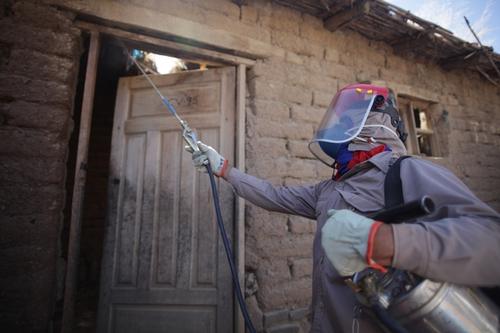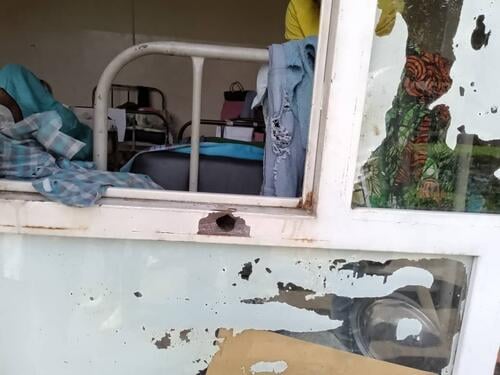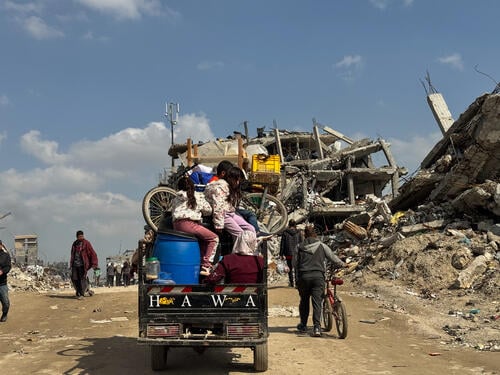From this year, MSF is launching the central information system called eMOCHA in three municipalities within Narciso Campero Province in Bolivia. This system is a technological breakthrough that enables people to report the location of triatomine bugs or 'kissing bugs', the vector insects for Chagas disease, by sending an SMS so they can be removed quickly and efficiently.
Developing this platform, which uses mobile and geo referencing (GPS) technology, has enabled the location of the bugs to be detected in real time. A free SMS can be sent to eMOCHA from anywhere using a mobile phone, so as to report households with the triatomine bug. The system then schedules a visit from a technician who, in addition to fumigating the property, will send additional data via a smartphone application that contributes towards the monitoring and control of the insect in the area, such as the number of family members and the number of times a house has been fumigated, etc. This represents a great breakthrough as previously just reporting the presence of the insect could take up to one month.
This pilot project started this year and so far has produced good results. The aim is to implement it in other areas of Bolivia and maybe even use it to track other diseases. It is part of the comprehensive healthcare model launched by MSF in 2015 in collaboration with the Ministry of Health to combat this disease.
With this model, MSF teams have shown that it is possible to diagnose and treat Chagas patients using primary care facilities that are located in the most remote areas, away from municipal capitals. In the municipality of Monteagudo in Chuquisaca, MSF teams carried out community activities in training and awareness, and provided technical support to health workers from 17 health centres in the area. This involved supporting in the diagnosis of the disease, including the use of rapid tests that allow for effective detection of positive patients, as well as the treatment and care of adverse complications resulting from Chagas.
In 2015, thanks to this joint work, 3,284 people were seen and 223 started treatment for Chagas. Up until August this year, a further 3,096 people were seen, 673 cases were confirmed and 393 patients began treatment. MSF also donated seven sets of electrocardiography equipment (approximately 30 per cent of people develop cardiac complications), plus 1,720 rapid tests and five sets of spray equipment.
MSF teams in Bolivia are calling for guarantees to provide more comprehensive care of the disease and its complications. To this end, they have been developing a manual together with the Ministry of Health that reflects their experience in implementing this model, so it can be used as a reference in other endemic regions.
MSF began its humanitarian work in Bolivia three decades ago. For half this time, MSF has been focusing its efforts on addressing Chagas disease. Thanks to MSF projects, more than 7,000 patients have received treatment, while triatomine bug prevention and control activities have been carried out in the most deprived areas of the country which suffer from the highest prevalence of this disease worldwide. The Chagas Coalition estimates that 6.1 per cent of the Bolivian population, more than 600,000 people, are living with the infection and another 500,000 are at risk of it. According to data from the Bolivian National Chagas Program (PNCH), 23,717 people were diagnosed in 2015, of which only 10 per cent started treatment.






